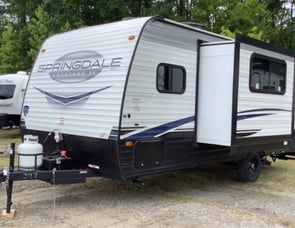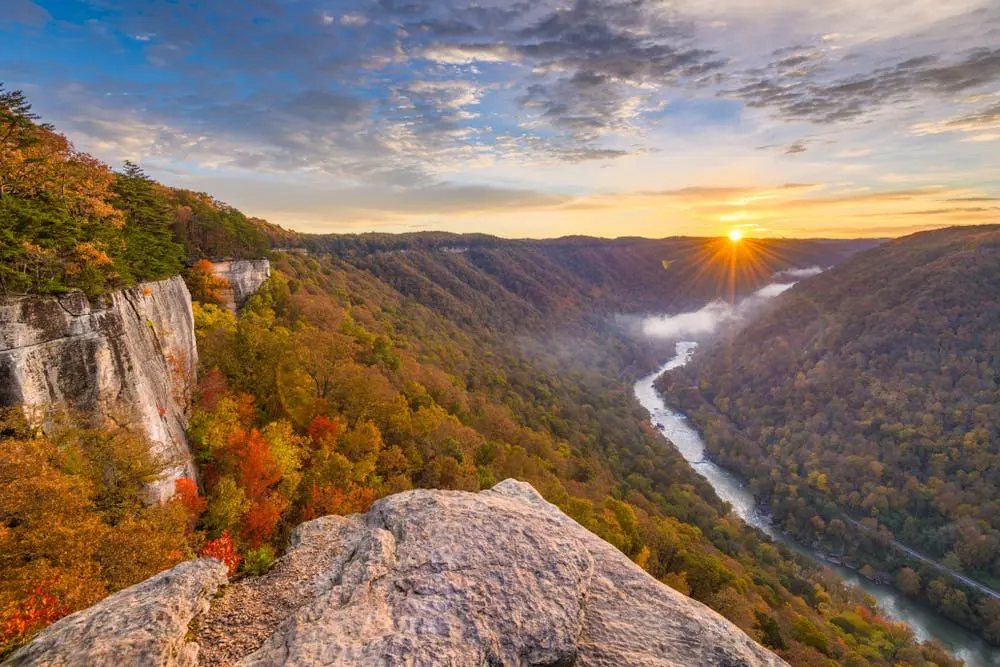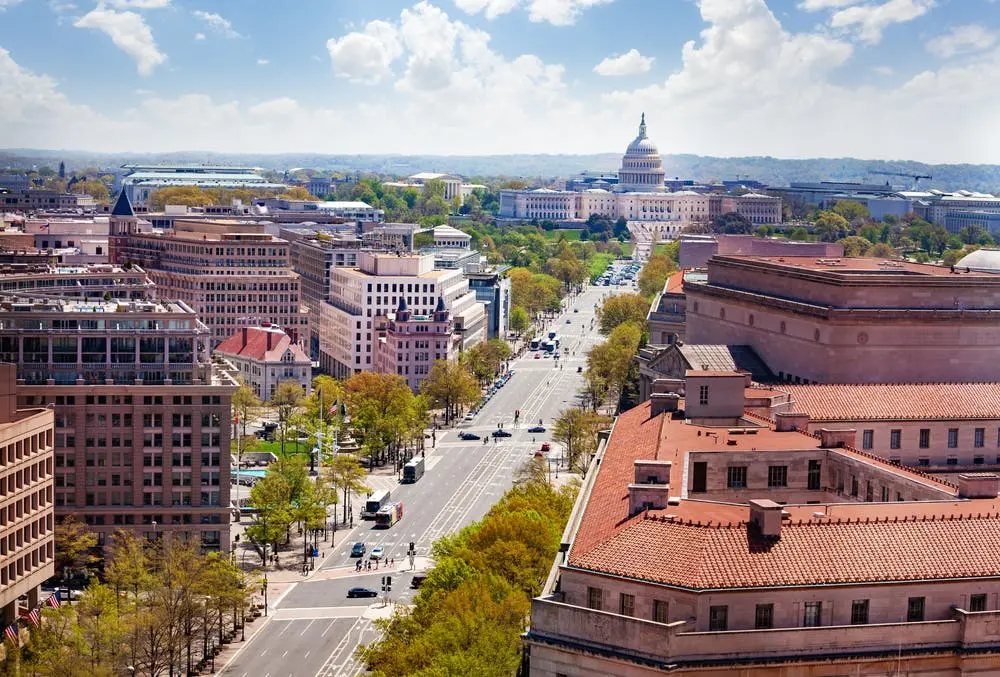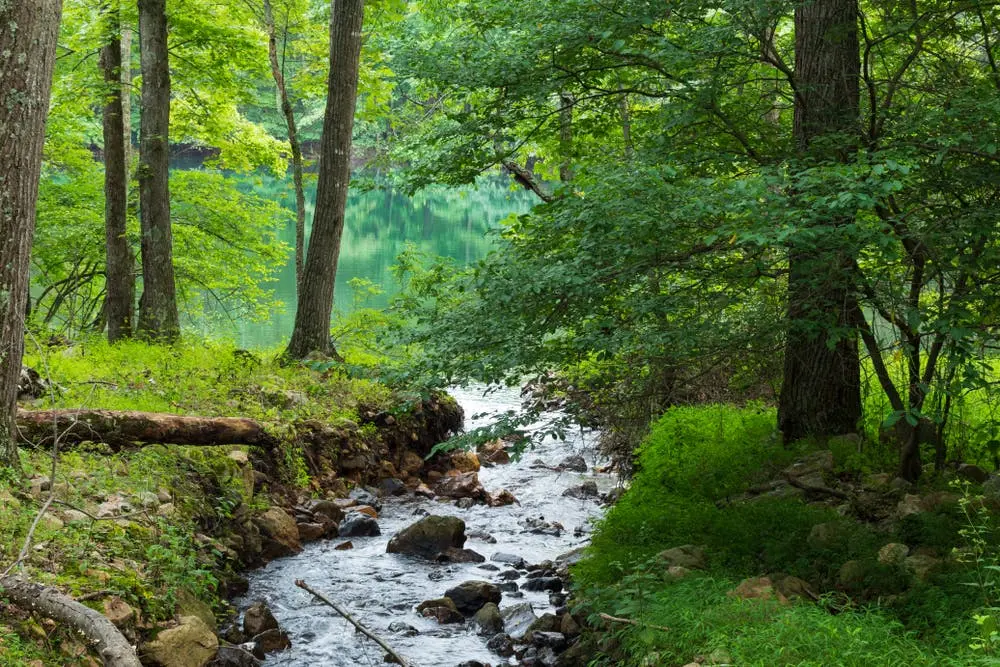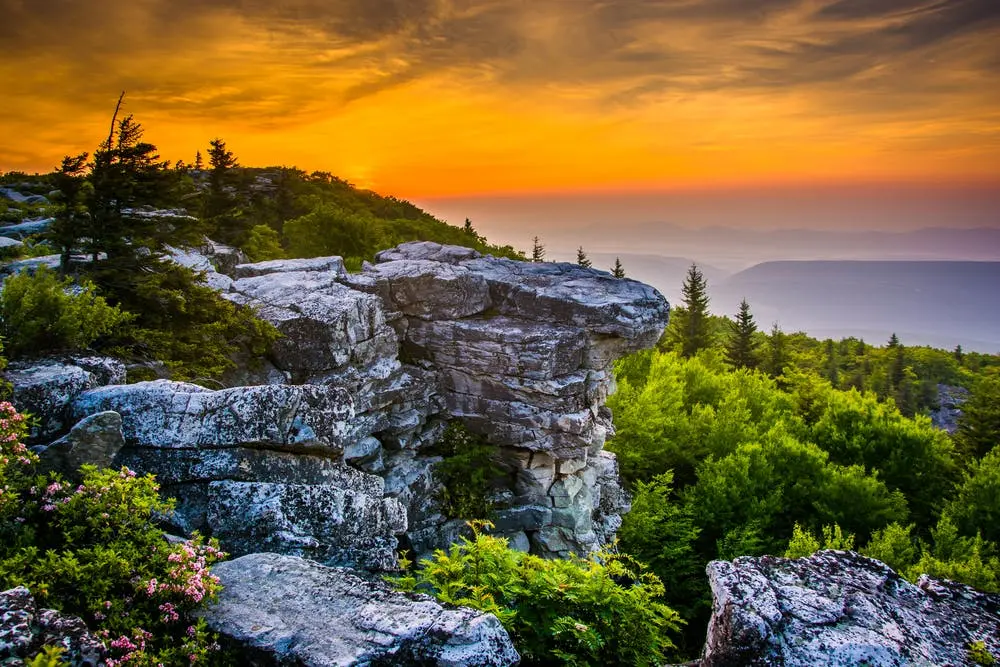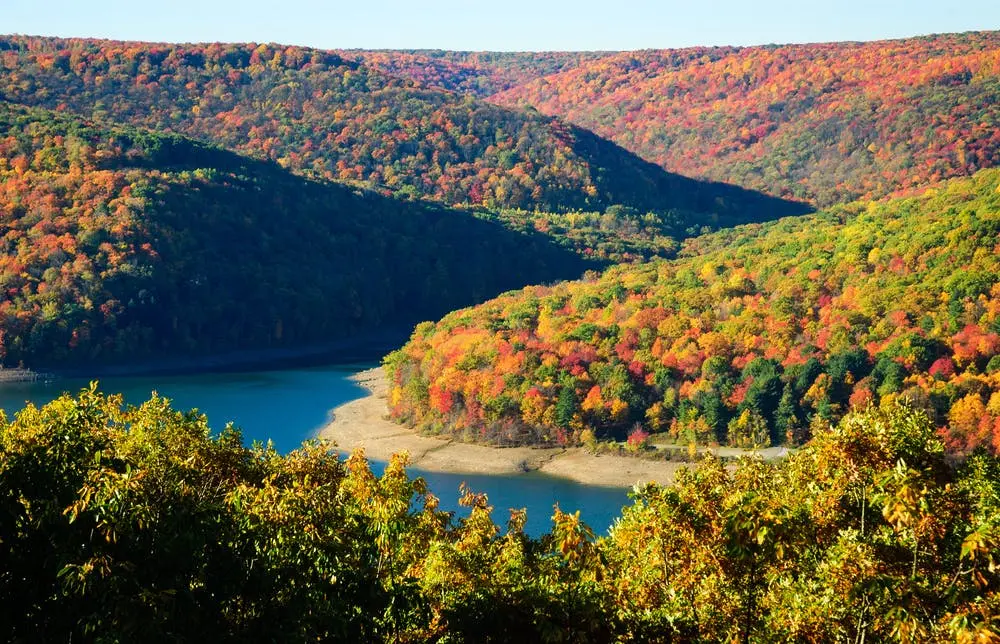The Smithsonian's National Air and Space Museum
- Home
- Attractions
- The Smithsonian's National Air and Space Museum
Since 1946, the National Air and Space Museum has been delighting visitors with its mission to "Commemorate, Educate, Inspire" and "Build a Nation of Innovators and Explorers." The exhibits generally focus on the history of aviation and space travel and inspire people to explore the solar system and related works of art. The museum is located on the National Mall in Washington, D.C. and is part of the larger Smithsonian Institution, which is a collection of museums that includes the National Zoo, the National Museum of American History, the National Museum of the American Indian and more.
With collection highlights, including Charles Lindbergh's Spirit of St. Louis, Apollo 11 and a filming model of "Star Trek's" USS Enterprise starship, it's not surprising that several million visitors come to the museum each year.
How to Get There
The nearest cities to the National Air and Space Museum are Washington, D.C. and Baltimore, MD. Both the Ronald Reagan Washington National Airport and Dulles International Airport serve the D.C. area, and the Baltimore/Washington International Thurgood Marshall Airport is also nearby. D.C.'s Metrorail system has two nearby stops, including L'Enfant Plaza and Federal Center SW, and there are several nearby Metrobus stops along Independence Avenue SW and 7th Street SW.
Rent an RV For Your Visit to The Smithsonian's National Air and Space Museum
Visit The Smithsonian's National Air and Space Museum
The National Air and Space Museum contains the largest and most important collection of aviation and space artifacts in the world. You can see Neil Armstrong's Apollo spacesuit at the Destination Moon exhibit and learn about race cars at the Nation of Speed exhibit. At the Exploring the Planets Gallery, you can see the Mars Rover and the Voyager Spacecraft. Note that the museum's exhibits are constantly changing, so you may want to check the Events section of the museum's website before your visit to see what will be available. The least busy time to visit the museum is in December and January, and the high season is from March through August. The best time of day to visit is around 11 a.m. after the early morning crowds have thinned. No matter when you visit, be sure to wear comfortable shoes as you will be doing a lot of walking.
Ticket Information
Visiting the National Air and Space Museum is free. However, timed-entry passes are required. You can reserve your spot online in advance on the museum's website. Same-day passes are released online daily at 8:30 a.m. Fridays through Mondays only, and the website releases a small amount of additional same-day passes at 12:30 p.m. Because same-day passes sell out very quickly, it is highly recommended that you book your spot well in advance. You'll find accessible parking spaces directly across from the museum on Jefferson Drive.
Family-Friendly Options
Kids of all ages will love seeing all the amazing aircraft at the museum, and there is always a fun activity happening, including planetarium shows, daytime astronomy activities and story time hours. The museum's website has an "I Spy" activity guide designed to engage children ages 3 through 5 during their visit. If you're not sure where to start, the museum recommends the America by Air and Destination Moon exhibits for children.
How to Make the Most of Your Visit
Be sure to get your free time-entry tickets in advance, and plan extra time to pass through a security screening. The museum is open daily from 10 a.m. to 5:30 p.m. except on Christmas Day. The museum has a total of 23 exhibits, though it's unlikely that all 23 will be open on the day you visit. Check the What's On section of the museum's website to see what you can anticipate seeing.
The America by Air exhibit is a good place to start. Learn about the history of aviation and its role in modern society, including commercial travel and postal services. The Exploring the Planets gallery is another highlight. You can learn about the exploration of Mars and even see Spock's ear tips, worn by actor Leonard Nimoy in the classic "Star Trek" series. Finally, if the IMAX theater is open during your visit, you'll definitely want to enjoy a thrilling experience watching a film on the big screen.
Be sure to stop by the Museum Store on your way out, or, if you need some refreshments, stop by The Café for light dishes, sweet desserts, coffee drinks and a selection of wine and beer. While photo opportunities abound given the incredible aircraft on display, no tripods, monopods or selfie sticks are allowed inside the museum.
The Smithsonian's National Air and Space Museum Accommodations
Campgrounds Nearby

For some of the best RV camping in Anpolis, Maryland, look no further than Cherry Hill Park. Established more than 48 years ago, this campground has stayed in the same family all these years. As a result, it has a long history of serving both its local community and all those who want to stop by the area for a visit.

Greenbelt Park is run by the tiol Park Service. It is a green oasis in the urban area of Maryland and Washington, D.C. It is a rustic, Washington, D.C., campground, and the main amenity is the tural surroundings.

Activities Near The Smithsonian's National Air and Space Museum
Things to Do
Stargazing
Occasionally, when the weather cooperates, the museum will host special "pop-up" events on the sidewalk on Independence Avenue by the entrance to the National Mall Building. Telescopes are set up, and museum staff are available to help visitors spot planets, stars and the moon.
Boating
Located a mere 10 minutes southwest of the museum, the two-mile Washington Channel runs parallel to the Potomac River and is a fantastic place to go boating. The Wharf Marina rents paddleboards and kayaks that you can use to explore this area that's teeming with restaurants, shops and much more.
Hiking
The 1,754-acre Rock Creek Park, approximately 20 minutes north of the National Air and Space Museum, features 32 miles of hiking trails. There are two main trails, Western Ridge Trail and Valley Trail, that run north to south through the park, and several connector trails that run east-west.
National Sites
Weather, Safety & Accessibility
Weather & Packing
Although the busiest months are March through August, you can enjoy a visit to the National Air and Space Museum year-round. When planning your trip, keep in mind that D.C. can be hot and muggy, particularly in the summer, when temperatures average in the upper 80s. Winters can be cold with several inches of snow and average temperatures of around 20 degrees Fahrenheit in January. D.C. also tends to be partly cloudy year-round. Consider dressing in layers no matter what time of year you visit as the museum itself is air-conditioned and can be a bit chilly inside.
Safety & Accessibility
All visitors are welcome at the National Air and Space Museum, including service animals. If you require a service attendant, note that they will also require their own timed-entry pass. You'll find accessible parking directly across from the museum on Jefferson Avenue. The museum features exterior ramps and interior elevators and even rents some wheelchairs.
For the safety of all visitors, staff and the museum collections, all visitors must pass through a security screening when entering the museum. You'll find security officers posted throughout the buildings as well as a security desk near the museum entrance and exit.
Conclusion
Millions of visitors enjoy viewing the inspiring exhibits at the Smithsonian's National Air and Space Museum each year. Be sure to get your timed entry pass in advance, and enjoy a day filled with inspiring and thrilling airplanes, rocket ships and more.
FAQ
The closest campsites to the National Air and Space Museum are located outside of the city, roughly 20 miles away. Marsden Track Group Campground and Greenbelt Campground are two good options, and Cherry Hill Park is also a popular spot.
Street parking near the museum in a vehicle of any size is challenging, so you may want to consider parking outside the city and taking public transit, a taxi or a rideshare to the museum. There are several paid parking lots located near the museum, but you'll still need to walk a few blocks to get there once parked. Two RV camping options located just outside the city of Washington D.C. include Camp Meade RV Park and Pohick Bay Campground.
Expect to wait in line before entering the museum, especially during the busiest months of March through August. To speed up the security process, you should know that tripods, selfie sticks, food and drinks, and aerosol cans are not allowed inside the building.
Absolutely! Children as young as 3 years old can enjoy a visit to the museum.
No. Pets are not welcome at the museum.
